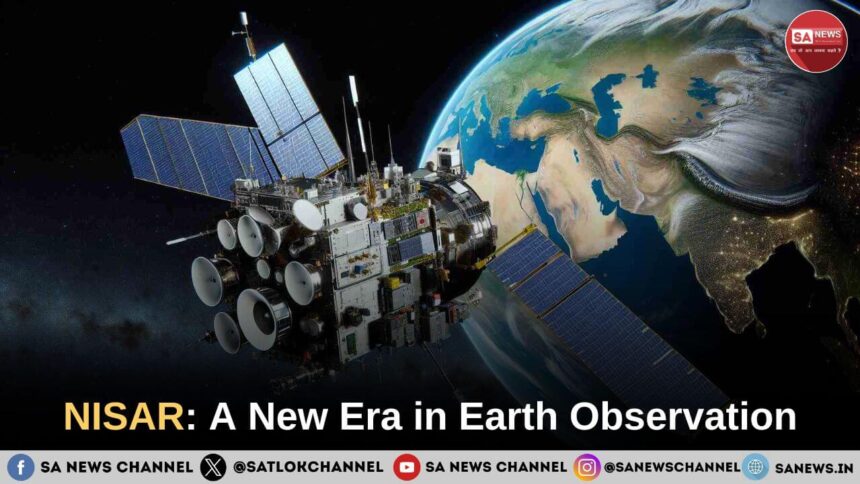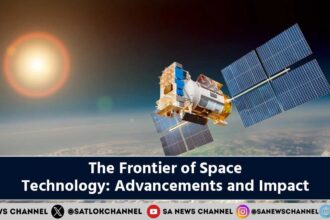The NASA-ISRO Synthetic Aperture Radar (NISAR) mission is a collaboration between NASA and ISRO. This mission aims to launch a dual-frequency radar imaging satellite into Earth’s orbit in 2025. NISAR will provide crucial information about various aspects of Earth observation, including weather, earthquakes, and storms.
Radar Payload
The core technology of the NISAR mission is its synthetic aperture radar (SAR) system. This advanced system allows the satellite to transmit radar signals towards Earth’s surface and receive the reflected echoes. By analyzing these echoes, scientists can create detailed images of the terrain, even in darkness or through cloud cover.
NISAR will use two different radar frequencies: L-band and S-band.
- L-band radar: Particularly effective at penetrating vegetation and soil, it reveals subsurface structures and changes.
- S-band radar: Better suited for monitoring surface features and detecting subtle shifts in the Earth’s crust.
Working of the Satellite
NISAR’s dual-frequency capabilities will enable it to monitor a wide range of Earth’s processes, including:
- Ice Sheet Dynamics: By mapping changes in ice sheet thickness and flow, NISAR will help scientists assess the impact of climate change on polar regions and sea-level rise.
- Ecosystem Monitoring: The satellite will track deforestation, forest regrowth, and changes in vegetation biomass, providing valuable data for sustainable land management.
- Earthquake and Volcano Monitoring: By detecting ground deformation and volcanic activity, NISAR can improve early warning systems and disaster response efforts.
- Land Subsidence and Sea-Level Rise: The satellite will measure changes in land elevation and sea level, providing critical information for coastal communities and water resource management.
- Natural Hazards: NISAR will monitor landslides, floods, and other natural hazards, helping to mitigate their impact and save lives.
Global Collaboration
The NISAR mission is a testament to international cooperation in space exploration. By combining the expertise of NASA and ISRO, this joint venture addresses some of the most pressing challenges facing our planet.
The data collected by NISAR will be made publicly available, empowering scientists and policymakers worldwide to make informed decisions for a sustainable future.
Conclusion
As we eagerly await the launch of NISAR, the potential benefits of this mission are immense. By providing a comprehensive view of Earth’s dynamic processes, NISAR will enhance our understanding of the planet, help mitigate risks, and safeguard our environment for future generations.









